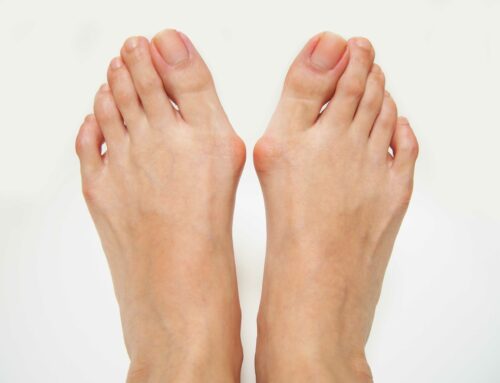Laser surgery is a relatively new technique in the medical field. The first medical application of lasers occurred in 1963. And the first laser eye surgery didn’t happen until 1988. Yet, over the past 30 years or so, medical professionals have been able to use laser technology in a number of procedures such as the removal of tumors, warts, moles, and scars. However, laser bunion removal is, at least for now, little more than a concept.
Because laser technology has been employed in various types of surgeries, many individuals who have bunions have wondered if there is a laser surgery option for bunion removal. After all, if a laser can be used to remove a tumor, why not a bunion? Yet, bunion surgery does not lend itself to the use of laser technology the way eye surgery or wart removal does. We’ll take a look at why that’s the case here:
How Lasers Work
The word “laser” is actually an acronym for “Light Amplification by the Stimulated Emission of Radiation.” There are many different types of lasers that are used for different surgical methods. For our purposes, sometimes lasers are used instead of medical equipment like a scalpel. In these instances, lasers can be used to penetrate small, sensitive, or difficult to reach areas (like the cornea, for example). And because lasers can be so powerful, they are a viable way to shrink or remove tumors. Additionally, lasers seal blood vessels and lymph vessels, which can reduce swelling and bleeding during a procedure.
Bunions & Bunion Surgery
The main reason why lasers aren’t a good option for bunion removal is that bunions are not that similar to other “growths” like cysts or warts. Rather, bunions form as a result of imbalances within the foot. When joints, muscles, and tendons become misaligned (sometimes due to external pressure, sometimes because of the shape of the foot), the pressure creates a bony mass that we know as a bunion. The issue with using a laser to shave down a bunion is that it would not address the root cause of the bunion –– the misaligned muscles, ligaments, and tendons. This would mean the chance for recurrence following a laser bunion removal would be very high.
What’s more, in order to perform a bunionectomy with a laser, the beam would have to be strong enough to cut through bone, but precise enough not to damage muscles or ligaments. All of these practical challenges mean that –– at least for the time being –– lasers aren’t a viable way to remove bunions.
Minimally Invasive Surgery
While laser bunion surgery might be a realistic option now, there are surgical techniques that can remove bunions quickly, effectively, and with minimal pain and scarring. Unlike traditional open-foot bunion surgery, minimally invasive bunion surgeries require only very small incisions to remove a bunion and correct internal misalignments. Plus, minimally invasive bunion surgery is very patient friendly! This outpatient procedure only lasts around 45 minutes, greatly reduces residual pain and scarring, and allows patients to get back on their feet much faster than traditional surgical techniques. Laser bunion removal may not be feasible now, but minimally invasive techniques are even better for individuals suffering from bunion pain.
Contact Us
At Northwest Surgery Center, our team has years of experience helping patients address foot pain issues, and we’re experts in the field of minimally invasive surgery. Contact us here to learn more or to schedule a consultation ASAP.

Reviewed By Dr. Sullivan
Dr. Jordan Sullivan, DPM, is a board-certified podiatrist at Northwest Surgery Center specializing in minimally invasive foot and ankle procedures. He’s passionate about helping patients get back on their feet faster with less downtime.
Learn more about Dr. Sullivan here.





